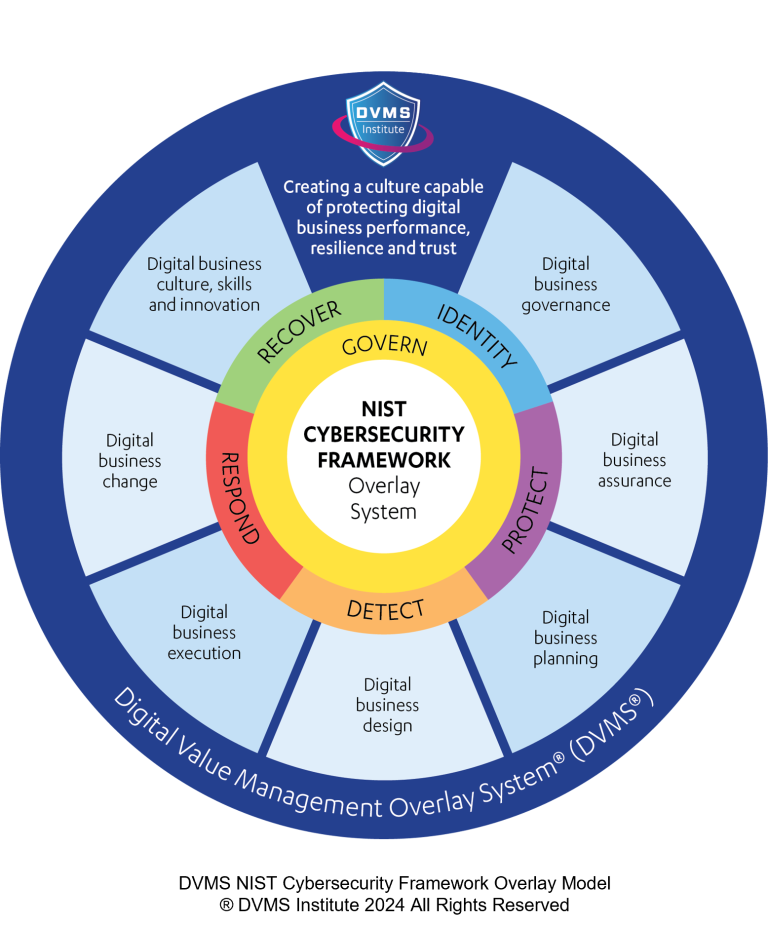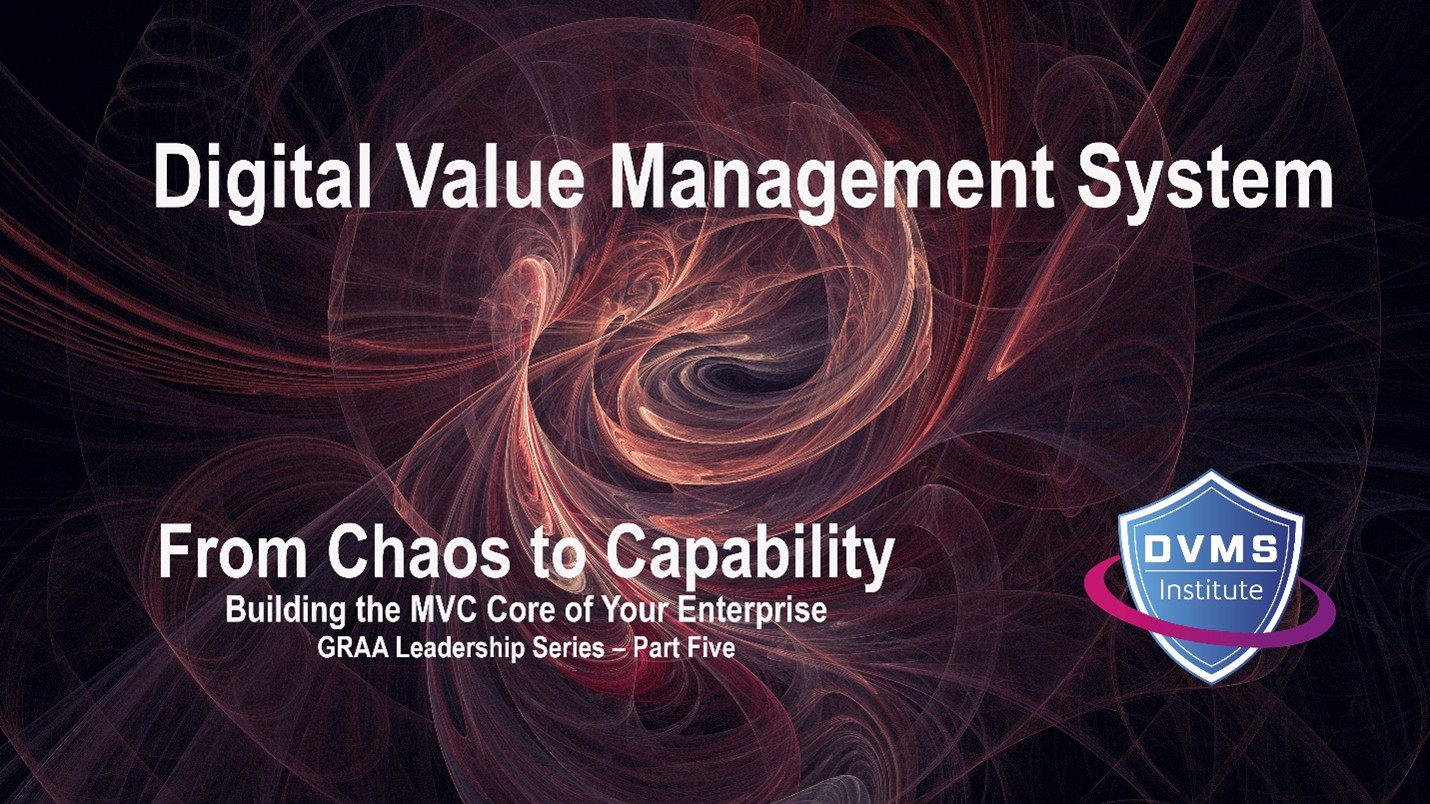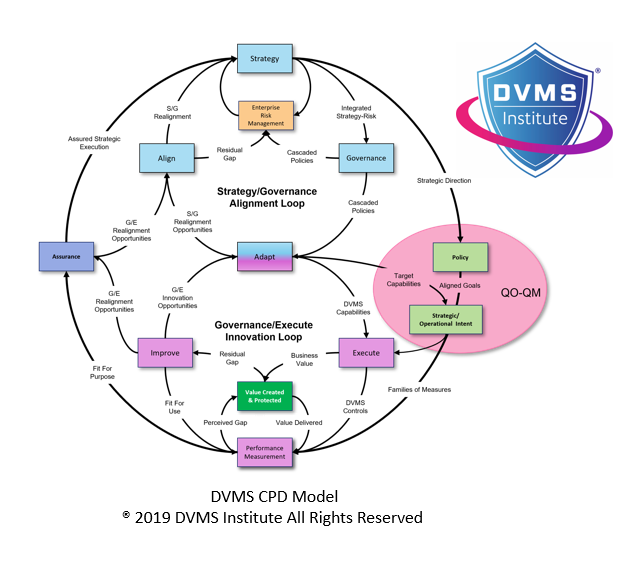The Gap Between Cybersecurity Certification and Real-world Cybersecurity Risk Mitigation
Rick Lemieux – Co-Founder and Chief Product Officer of the DVMS Institute
The contemporary cybersecurity landscape is a complex, ever-evolving ecosystem fraught with novel threats and intricate challenges. While cybersecurity certifications have undeniably contributed to elevating industry standards, a chasm persists between the theoretical knowledge imparted through these programs and the practical understanding demanded for effectively addressing real-world cybersecurity risks. This disparity results from multiple factors, including the rapid pace of technological advancement, the evolving nature of threats, and the intrinsic limitations of certification-based training methodologies.
Certifications tend to focus on a specific set of skills and knowledge domains. While this narrow focus is essential for building foundational expertise, it often fails to equip professionals with the broader, holistic perspective necessary to comprehend the intricate interplay of various cybersecurity components. The dynamic nature of the threat landscape necessitates a comprehensive understanding of technical vulnerabilities, organizational culture, business processes, and human behavior. Certifications, while providing technical depth, often need to improve in developing this broader contextual awareness.
Moreover, the emphasis on standardized testing in certification programs can inadvertently foster a mindset of rote memorization rather than critical thinking and problem-solving. While technical proficiency is undoubtedly crucial, the ability to analyze complex scenarios, innovate, and adapt to unforeseen challenges is equally, if not more, important in the realm of cybersecurity risk management. The pressure to pass exams can lead to an overreliance on memorization of facts and procedures rather than developing the capacity for creative and strategic thinking.
Another critical limitation of certification training is the inherent delay between emerging new threats and incorporating corresponding countermeasures into certification curricula. The rapid pace of technological innovation and cybercriminals’ agility create a persistent challenge in keeping certification content current. As a result, many professionals find themselves equipped with outdated knowledge even before they complete their training. This lag time can significantly hinder their ability to address emerging threats effectively.
Furthermore, cybersecurity is an inherently interdisciplinary field that requires a blend of technical expertise, business acumen, and human psychology. Traditional certification programs often prioritize technical skills, neglecting the development of soft skills such as communication, leadership, and negotiation. These skills are essential for building effective cybersecurity teams, collaborating with business stakeholders, and influencing organizational decision-making.
The focus on individual certification achievement can also inadvertently create a siloed approach to cybersecurity. While certifications are valuable for personal career progression, they can sometimes overshadow the importance of collective knowledge and collaboration. Cybersecurity is a team sport, and the ability to work effectively with others is paramount to success. Certification programs should place greater emphasis on developing teamwork and collaboration skills.
While cybersecurity certifications undoubtedly enhance the skills and knowledge of professionals in the field, they are not a panacea for addressing complex cybersecurity risks. A more holistic approach is required to bridge the gap between certification and reality. This includes incorporating real-world case studies, emphasizing critical thinking and problem-solving, fostering interdisciplinary collaboration, and continuously updating training materials to reflect the evolving threat landscape. Additionally, organizations should invest in ongoing professional development opportunities beyond certifications to ensure their workforce is equipped with the skills necessary to protect their assets effectively.
Ultimately, the goal should be to cultivate a cybersecurity workforce that is not merely technically proficient but also possesses the strategic mindset, adaptability, and collaborative spirit needed to navigate the complexities of the modern threat landscape.
About the Author

Rick Lemieux
Co-Founder and Chief Product Officer of the DVMS Institute
The DVMS Institute teaches organizations of any size, scale, or complexity an affordable approach to mitigating cyber risk to protect digital business performance, resilience, and trust.
Rick has 40+ years of passion and experience creating solutions to give organizations a competitive edge in their service markets. In 2015, Rick was identified as one of the top five IT Entrepreneurs in the State of Rhode Island by the TECH 10 awards for developing innovative training and mentoring solutions for boards, senior executives, and operational stakeholders.
® DVMS Institute 2024 All Rights Reserved




